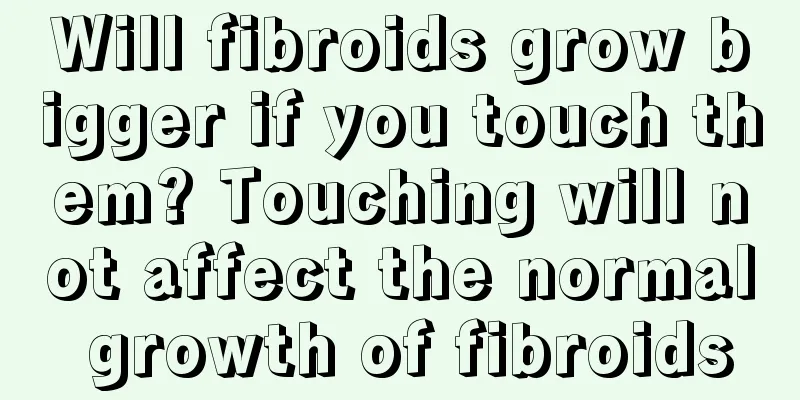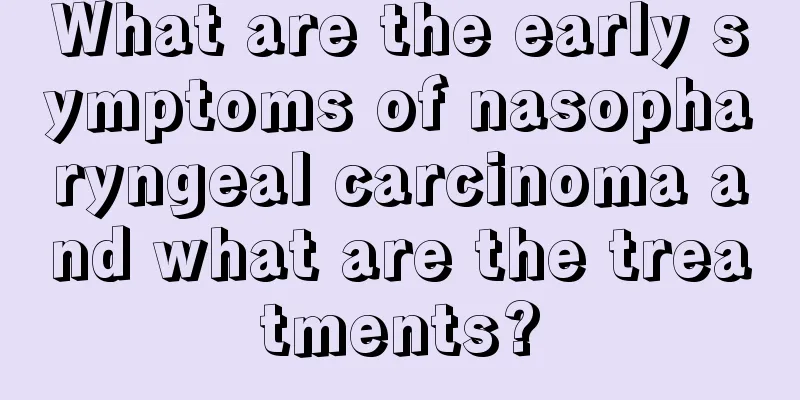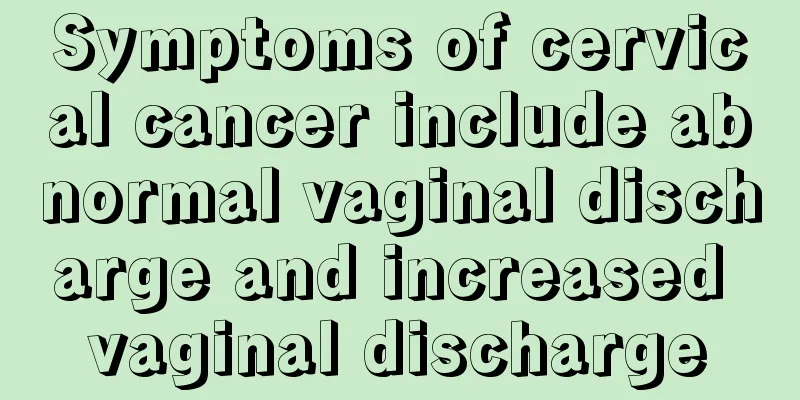What diseases are tingling in the teeth a sign of?

|
Although teeth are used to chew food, if there is a problem with the teeth, it is not just a problem with the teeth. Sometimes other diseases can also cause some symptoms in the teeth. Tooth numbness is a very common symptom. Tooth numbness is generally caused by diseases such as gingivitis, periodontitis or cervical spondylosis, so the symptoms of tooth numbness should not be underestimated! 1. Gingivitis Gingivitis refers to diseases of the marginal gums, papillary gums, and attached gums, which are limited to the gingival tissue without damaging the deeper tissues of the gums and do not include manifestations of other diseases in the gums. Plaque and microorganisms, dental plaque, tartar, food impaction, bad habits and certain hobbies, chemical stimulation, malocclusion and poor restorations, radiation damage, etc. provide favorable conditions for the growth of dental plaque. The metabolites of dental plaque components can directly damage the gingival tissue. 2. Periodontitis Periodontitis is a chronic infectious disease involving four periodontal supporting tissues (gingiva, periodontal ligament, alveolar bone and cementum), which often causes inflammatory destruction of periodontal supporting tissues. Periodontitis is mainly divided into chronic periodontitis, aggressive periodontitis, periodontitis reflecting systemic diseases, and necrotizing periodontitis. 3. Cervical spondylosis Cervical spondylosis, also known as cervical spondylosis, is a general term for cervical osteoarthritis, hypertrophic cervical spondylitis, cervical radiculitis, and cervical disc herniation. It is a disease based on degenerative pathological changes. It is mainly caused by long-term strain of the cervical spine, bone hyperplasia, or herniated disc, ligament thickening, which leads to compression of the cervical spinal cord, nerve roots or vertebral arteries, resulting in a series of clinical syndromes of functional disorders. It manifests as vertebral instability and loosening; nucleus pulposus protrusion or extrusion; bone spur formation; ligament hypertrophy and secondary spinal canal stenosis, etc., which stimulate or compress adjacent nerve roots, spinal cord, vertebral arteries, cervical sympathetic nerves and other tissues, causing a series of symptoms and signs. Cervical spondylosis can be divided into: cervical type cervical spondylosis, nerve root type cervical spondylosis, spinal cord type cervical spondylosis, vertebral artery type cervical spondylosis, sympathetic nerve type cervical spondylosis, and esophageal compression type cervical spondylosis. |
>>: What are the reasons why children do not have teeth?
Recommend
The efficacy and function of blue vitriol
I don’t know if you have seen blue vitriol in you...
The fastest way to treat a sore throat
The heating in the room is very hot now, but it i...
Will pituitary tumor recur after removal?
Pituitary tumor is a benign tumor that grows in t...
What to do if your lips are chapped and swollen
In spring, the weather gradually warms up, but th...
Can vinegar be used externally to reduce inflammation?
Vinegar is a common condiment in our lives. It ha...
Is it normal for a silk quilt to have a smell?
We all know that the weather is very hot in summe...
What is kidney deficiency called in western medicine
Anyone who has some knowledge of Chinese medicine...
Causes of glomerular hematuria
In fact, the incidence of many diseases nowadays ...
The harm of electroplating factories to human body
Electroplating plants are an indispensable indust...
How to treat lung cancer in the early stage and cure it? There are 3 best ways to treat lung cancer in the early stage
Early treatment of lung cancer is very important....
What to do if milk tea spills on white clothes
Many people love to drink milk tea, but if you dr...
The harm and treatment of finger joint pain
We often feel pain in our finger joints, and many...
How to treat calluses on soles of feet
Many women often wear high heels, and the long-te...
How to add astigmatism to myopia lenses
Everyone knows that when fitting glasses, doctors...
What examinations should be done in follow-up examination after liver cancer intervention? What examinations should be done in follow-up examination after liver cancer intervention?
At present, interventional therapy has become one...









